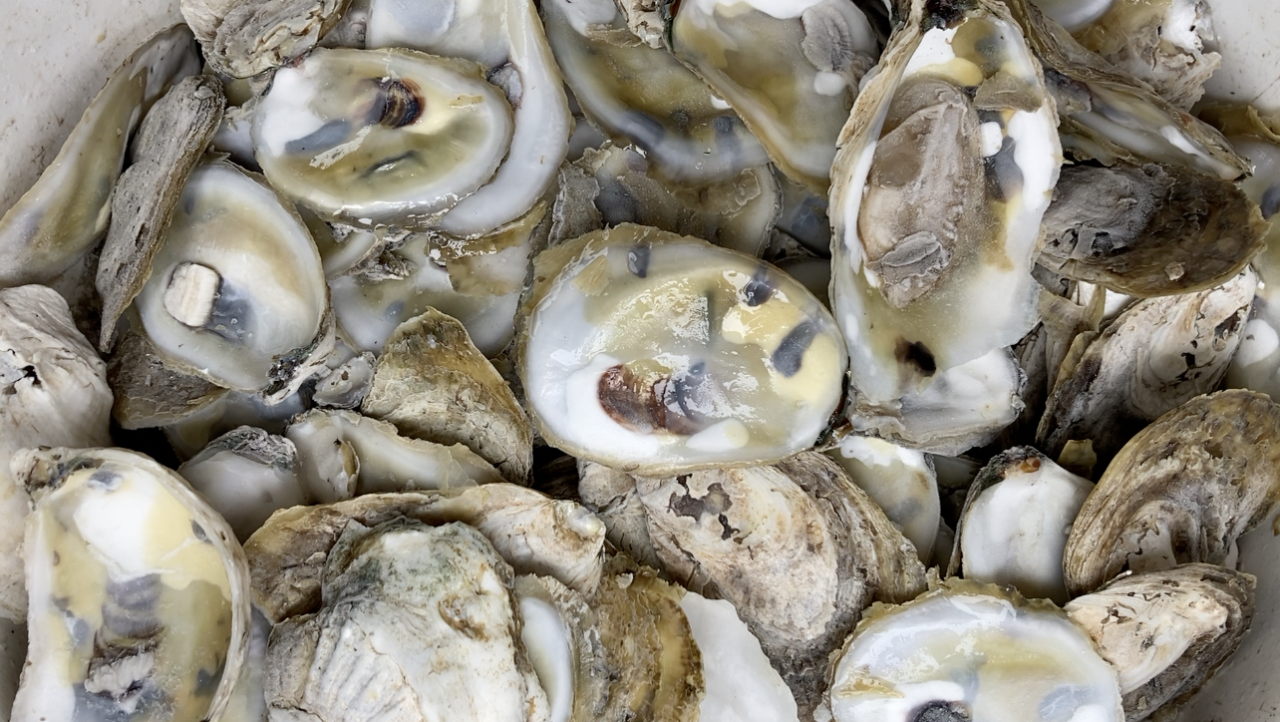NORFOLK, Va. — This is not your average school field trip. We are about to take a deep dive below the surface of the Elizabeth River without ever getting our hands wet, thanks to something billed as "America's greenest vessel."
"It was a barge that's converted into essentially a floating classroom," explains Shannon Yerabek, education manager at the Elizabeth River Project's Learning Barge.
The barge, docked along the Eastern Branch of the Elizabeth River near the Grandy Village neighborhood, is complete with a live tidal wetland on board. That, Yerabek explains, allows visiting students the opportunity to touch, feel and learn about one of our area's most important waterways.

"They love the hands-on activity," Yerabek adds. "A lot of times that is like their main focus."
That includes interacting with river wildlife, like the blue crabs I saw while on board. Students also learn about trash, runoff and pollution. They can even test the river's water quality themselves.
That's a metric the Elizabeth River Project monitors closely, and for good reason.
"We have Norfolk Naval Shipyard at the mouth of our river, and that's the world's oldest and largest naval shipyard," Yerabek explains. "We also have local watermen, so it's a lot of people's livelihoods."

Hampton
Oyster shell recycling, building living shorelines combat bad Bay grade
The Elizabeth River's health has improved, dramatically in some spots, since groups began monitoring it. Along the Eastern Branch, where the Learning Barge sits, the river gets a C grade. That's up from a D grade in the previous scorecard, in 2014.
That change is thanks partly to businesses and homeowners stepping up to reduce pollution. It's also because educators are teaching future generations about the river's health.
"This spring season, we are projected to see about 5,800 (students)," Yerabek said.
That number includes students from Red Mill Elementary School in Virginia Beach who were visiting the day I stopped by.
"It's right in our backyard, and it's a good place for them to learn this," explained Nicole Martinette, a fourth-grade teacher at Red Mill.
The lessons learned on the barge can check off several boxes on a teacher's lesson plan.
"There's actually a history aspect to this, and there's math data collection in this as well, and then it definitely supports our science objectives where we're learning about wetlands and watersheds," Martinette added.
They are lessons wrapped in fun. Educators on board the barge tell me many students are excited about the learning opportunity.
Watch related story: Hampton oyster shell recycling, building living shorelines combat 'D+' State of the Bay grade
"They end up not wanting to even leave," Yerabek added.
And that's all part of the mission: get kids educated and excited about doing something to make a difference.
"Kids will say, oh, I'm gonna go home and tell my mom and dad about it," Yerabek shared.
News 3 photojournalist Michael Woodward contributed to this report.








